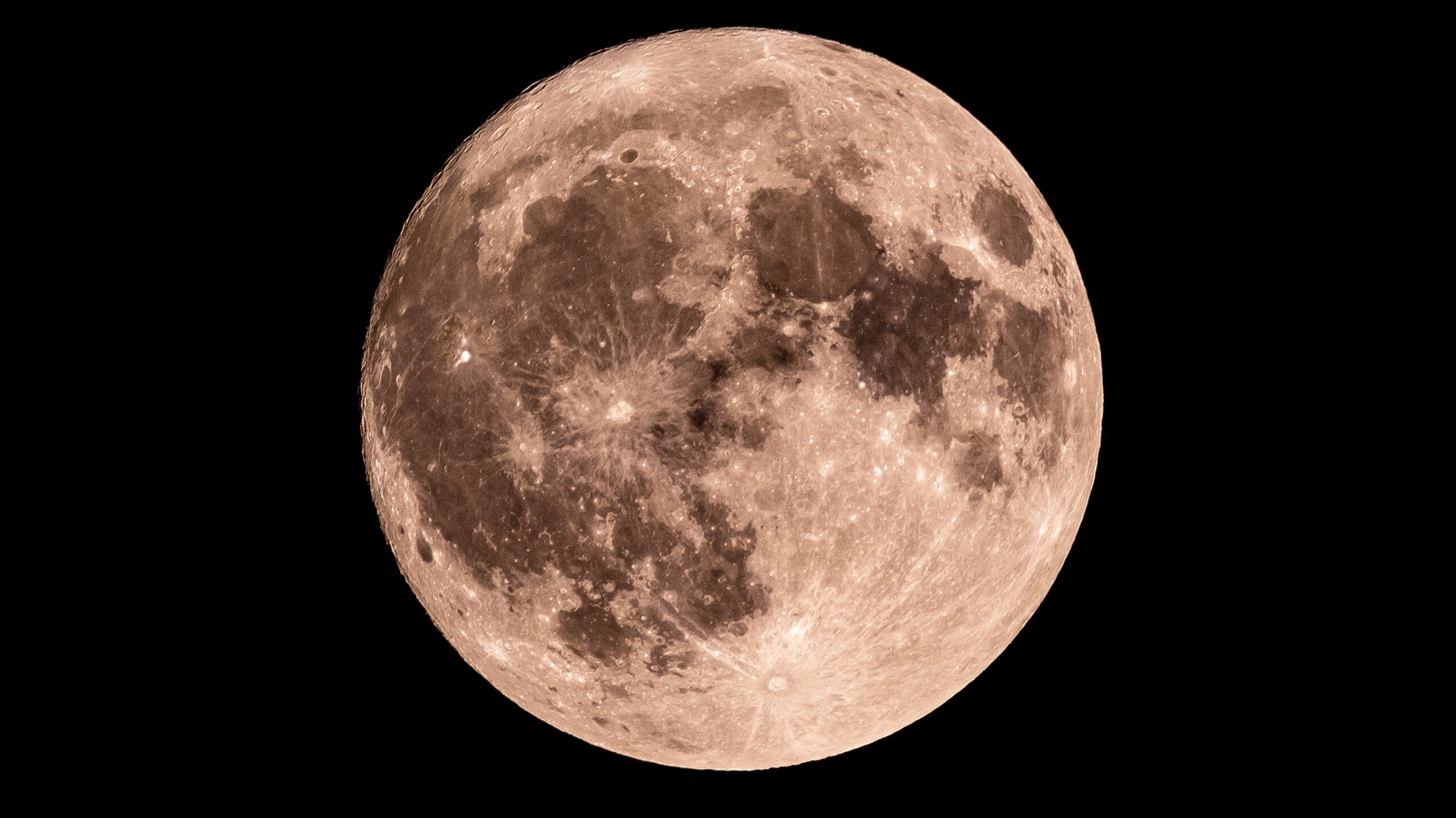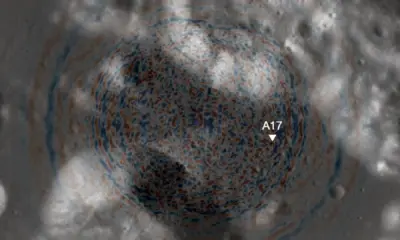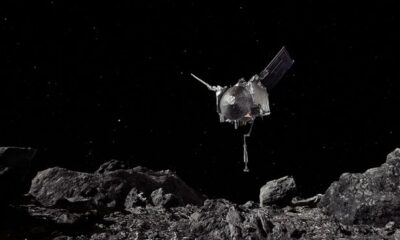Science
Discover Tonight’s Waning Crescent Moon on November 17

The moon will enter a waning crescent phase tonight, November 17, 2023, with only 7% of its surface illuminated. This phase indicates that the moon is nearing the New Moon, making visibility particularly challenging. According to NASA’s Daily Moon Observation, those wishing to observe any features on the moon’s surface will require visual aids such as binoculars or a telescope.
For avid moon-watchers, the Grimaldi Basin is one of the features that can be discerned with the right equipment. The basin, located on the moon’s surface, is a large impact crater that can be identified even in limited light conditions. Those without optical aids will find the moon nearly invisible against the night sky.
Understanding Moon Phases
Moon phases are part of a 29.5-day lunar cycle, which describes the moon’s appearance from Earth as it orbits our planet. While the same side of the moon always faces Earth, the amount of sunlight we see changes throughout the lunar cycle. This results in various phases, ranging from the New Moon, where the moon is entirely dark, to the Full Moon, when it is fully illuminated.
The eight primary moon phases, as outlined by NASA, include:
– **New Moon**: The moon is positioned between Earth and the sun, making it invisible.
– **Waxing Crescent**: A small sliver of light appears on the right side (for observers in the Northern Hemisphere).
– **First Quarter**: Half of the moon is visible, lit on the right side.
– **Waxing Gibbous**: More than half of the moon is illuminated, but it is not yet full.
– **Full Moon**: The entire face of the moon is visible and fully illuminated.
– **Waning Gibbous**: The moon begins to lose light on the right side.
– **Third Quarter (or Last Quarter)**: Another half-moon, but now illuminated on the left side.
– **Waning Crescent**: A thin sliver of light remains on the left side before the moon becomes dark again.
Upcoming Lunar Events
Looking ahead, the next full moon will occur on December 4, 2023. This will provide another opportunity for enthusiasts to observe the moon in its fully illuminated phase. As the lunar cycle progresses, skywatchers can look forward to a variety of celestial displays each month.
Understanding the moon’s phases not only enhances the experience of observing the night sky but also connects individuals to the rhythms of nature. Whether an amateur astronomer or a casual observer, taking a moment to appreciate the moon’s beauty can enrich one’s sense of wonder and curiosity about the universe.
-

 Technology5 months ago
Technology5 months agoDiscover the Top 10 Calorie Counting Apps of 2025
-

 Health3 months ago
Health3 months agoBella Hadid Shares Health Update After Treatment for Lyme Disease
-

 Technology6 days ago
Technology6 days agoOpenAI to Implement Age Verification for ChatGPT by December 2025
-

 Health3 months ago
Health3 months agoErin Bates Shares Recovery Update Following Sepsis Complications
-

 Technology4 months ago
Technology4 months agoDiscover How to Reverse Image Search Using ChatGPT Effortlessly
-

 Technology1 month ago
Technology1 month agoDiscover 2025’s Top GPUs for Exceptional 4K Gaming Performance
-

 Technology3 months ago
Technology3 months agoElectric Moto Influencer Surronster Arrested in Tijuana
-

 Technology5 months ago
Technology5 months agoMeta Initiates $60B AI Data Center Expansion, Starting in Ohio
-

 Technology5 months ago
Technology5 months agoRecovering a Suspended TikTok Account: A Step-by-Step Guide
-

 Health5 months ago
Health5 months agoTested: Rab Firewall Mountain Jacket Survives Harsh Conditions
-

 Health3 months ago
Health3 months agoAnalysts Project Stronger Growth for Apple’s iPhone 17 Lineup
-

 Lifestyle5 months ago
Lifestyle5 months agoBelton Family Reunites After Daughter Survives Hill Country Floods



















